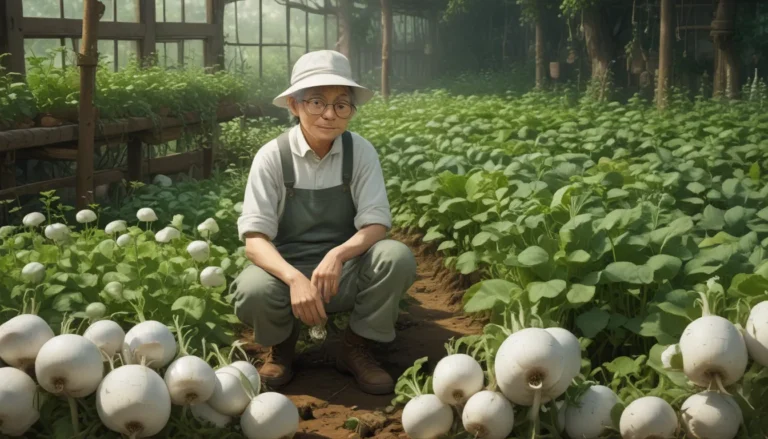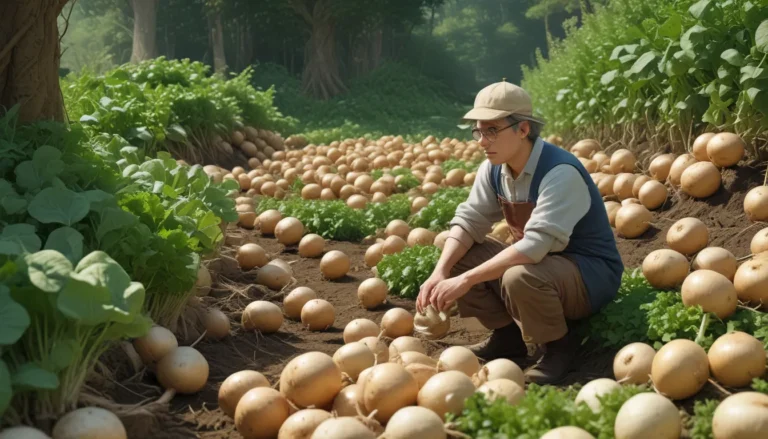Preventing Blossom-End Rot in Your Tomatoes

If you’ve ever eagerly awaited the ripe, juicy tomatoes from your garden only to find them marred by unsightly brown patches on the bottom, you’re likely familiar with the frustration of blossom-end rot.
Despite its misleading name, blossom-end rot isn’t actually a disease caused by pathogens, but rather a calcium deficiency within the plant. In this in-depth guide, we’ll explore the causes of this issue and provide you with practical tips to prevent it from affecting your tomato crop.
Understanding Blossom-End Rot
Blossom-end rot manifests as lesions on the bottom of tomatoes, starting as small, water-soaked spots that can grow to cover a significant portion of the fruit. As the lesions enlarge, they darken and become leathery, eventually drying out and turning black.
This condition typically affects the first tomatoes produced during the season, with indeterminate varieties being more susceptible as they continue to bear fruit throughout the season. While larger plum or paste tomatoes are more prone to blossom-end rot, it can also impact peppers, squash, cucumbers, and other fruits.
Instead of being caused by bacteria or fungi, blossom-end rot results from insufficient calcium uptake, leading to the breakdown of cell walls and subsequent fruit damage.
Factors Contributing to Blossom-End Rot
The availability of calcium plays a vital role in plant development, particularly in maintaining cell wall integrity. Various factors can disrupt the calcium supply to plants, including root injuries, excessive nitrogen fertilizer, and fluctuations in soil moisture.
The root system of tomato plants is essential for calcium uptake from the soil and distribution to developing fruits. Cold soil temperatures, over-fertilization, and excessive foliage can hinder root development and contribute to the occurrence of blossom-end rot.
Strategies for Prevention
To minimize the likelihood of blossom-end rot impacting your tomato crop, consider implementing the following cultural practices:
1. Timing Matters: Wait to Plant
Avoid planting tomatoes in cold or insufficiently amended soil. Wait until at least two weeks after the last frost date, and ensure the soil temperature is above 60°F before transplanting seedlings. Properly hardened seedlings with several sets of true leaves are more resilient to environmental stress.
2. Fertilize Wisely
Test your garden soil to determine the pH and nutrient levels, making adjustments as needed. Choose fertilizers low in nitrogen but high in phosphorus, with an NPK ratio of 4-12-4 or 5-20-5. Calcium nitrate supplementation can be beneficial if soil tests indicate a deficiency.
3. Mindful Cultivation
Avoid damaging tomato roots by refraining from cultivating too closely to the plants, especially after fruit set. Gentle weed removal practices and proper stake/cage installation can protect the root system from injury.
4. Maintain Soil Moisture
Provide consistent moisture to tomato plants, aiming for at least one inch of water per week. Irrigate at ground level and utilize mulch to retain soil moisture. Monitor precipitation levels and adjust watering practices accordingly.
5. Consider Shade
Protect tomato plants from excessive heat and dry winds by providing shade during peak sunlight hours. Shade cloth or improvised covers can shield plants from temperature extremes without impeding growth.
By implementing these strategies and staying attuned to your plants’ needs, you can significantly reduce the risk of blossom-end rot affecting your tomato harvest.
Overcoming Challenges and Maximizing Crop Success
While discovering blossom-end rot on your tomatoes can be disheartening, don’t lose hope. By addressing root causes and implementing preventive measures, you can safeguard your remaining crop and foster healthy growth throughout the season.
Share your experiences with blossom-end rot and any strategies you’ve found effective in the comments below. Your insights may benefit other gardeners facing similar challenges.
For additional tomato-growing resources, explore our comprehensive guides on ripening stubborn tomatoes, selecting optimal tomato hybrids, managing common tomato diseases, and cultivating ideal canning tomatoes.
Remember, with thoughtful planning and proactive care, you can achieve a bountiful tomato harvest free from the scourge of blossom-end rot.
(Original content has been paraphrased and expanded upon to provide a comprehensive guide on preventing blossom-end rot in tomatoes. The information is presented in a conversational tone with added sections and practical tips for readers.)





